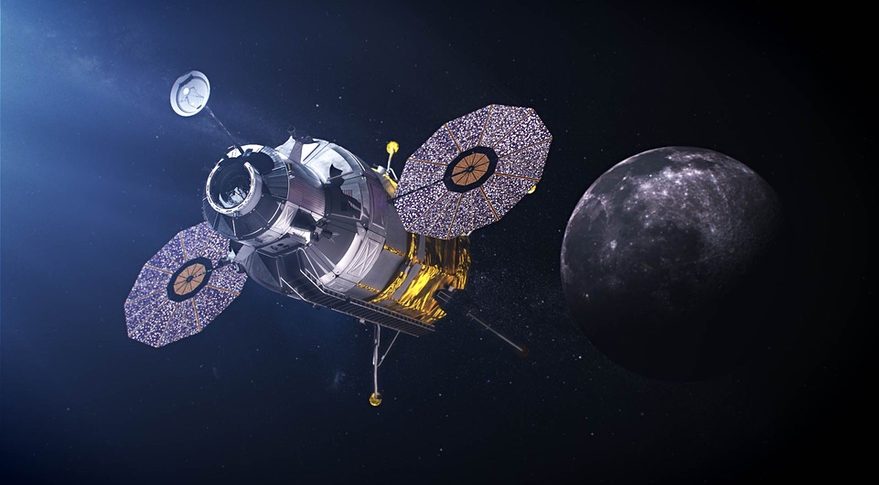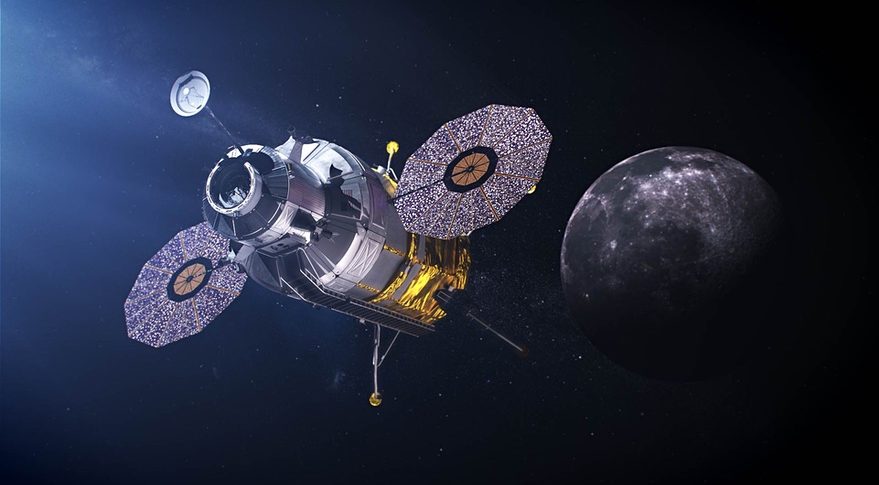
Everything NASA Is Doing To Make Artemis A Success
Before heading back to the Moon, a lot needs to be done. This not only includes the physical aspects such as SLS, Gateway, landers, etc. but also plans and ideas. These are meant to ensure that NASA not only gets to the surface of the Moon successfully, but continues to operate and grow Artemis Base Camp and more as time goes on.
NASA has a set plan for a steady innovative process along with surface operations, sample collection, and much more. All of which play a vital role in every future mission on the Moon apart of Artemis. Here they will ensure success with the help of many different private companies, contracts, and continued help and use of NASA resources.
While humans stepped foot on the Moon before, this was a long time ago. Astronauts and NASA were very limited by the technology and the time they had on the surface. Now in 2022, the agency plans on changing this in a very significant way by setting up a more permanent human presence and continuing to grow and expand. Here I will go more in-depth into how exactly NASA plans on doing this.
Innovative Process

Looking at the NASA Artemis III Science Definition Team Report, there is a specific section that highlights the program and architecture summary. One of the topics within this section highlights the steady innovative process that NASA is aiming for. Through NASA’s Commercial Lunar Payload Services (CLPS) initiative, 14 U.S. companies are on contract and eligible to bid on science and technology payload deliveries to the Moon. You will see a common theme throughout NASA’s plan for future Artemis missions surrounding the use and partnership with different commercial companies. This helps spark innovation and provide NASA with higher-quality mission components at a faster pace. For example, Astrobotic and Intuitive Machines each have one task order award for deliveries.
Astrobotic will carry 11 payloads to Lacus Mortis, a larger crater on the near side of the Moon, and Intuitive Machines will carry five payloads to the Aristarchus Plateau, a volcanic terrain in Oceanus Procellarum that is one of the Moon’s largest ore deposits. Exploring the polar regions has been a high exploration priority for the past four decades. This especially is the case as NASA is headed towards the south polar region of the Moon for upcoming Artemis missions. In addition, NASA announced that Astrobotic would also deliver the agency’s Volatiles Investigating Polar Exploration Rover (VIPER) to the south polar region in 2023. VIPER and the Masten delivery will become the first surface explorers near the south pole of the Moon and will provide ground truth of the polar volatile deposits and the polar surface environment, furthering both scientific and exploration objectives. These early robotic investigations will increase our knowledge of the lunar environment and confirm the nature of the Moon’s vast resource potential, informing planning for future human and robotic expeditions, including Artemis missions beginning in 2024. This all works to prepare as much as possible prior to humans stepping foot on the surface of the Moon once again. This has to do with the fact that science on the Moon will be enabled by crew access to the lunar surface.
Pre-positioned assets are a potential consideration that could leverage delivery capabilities and relieve mass margins aboard the HLS. Pre-positioned assets could include geologic sampling tools, containers for sample return, instruments for geologic analyses, or experiments for crew deployment. Sample documentation equipment such as tags, barcodes, and cameras will also be necessary and can be pre-positioned. As time goes on, more options will be available to astronauts, and more mission-specific equipment will be pre-positioned. For example, during an extravehicular activity, the Artemis III astronauts will be confined to the exploration range dictated by their spacesuit capabilities. However, for Artemis IV and beyond, NASA plans to pre-position an unpressurized rover named the lunar terrain vehicle to expand the exploration range and allow a more diverse sampling of regional surface and subsurface specimens.
There are many steps to future Artemis missions that NASA is planning to spread out as development and progress happen. By the end of the 2020s, NASA predicts the Artemis Base Camp will initially consist of a Foundational Surface Habitat, power systems, and mobility systems. As more surface infrastructure is added, future expeditions could last multiple lunar days or longer. For example, a pressurized rover would combine habitation and mobility, allowing astronauts to rove tens of kilometers from the lander in a shirt-sleeve environment, donning their spacesuits only for EVAs. Similarly, a surface habitat would extend the amount of time astronauts can live and work in a pressurized environment, donning their suits for moonwalks on foot, in the lunar terrain vehicle, or in the pressurized rover.
Moonwalks
One vital aspect of future Artemis missions has to do with humans and specifically Moonwalks. The number of EVAs, or moonwalks, and their durations will depend on the down mass permitted on the HLS and the allocation of resources for the spacesuits and portable life support systems. NASA has established a minimum requirement of one planned and one contingency EVA for Artemis III, but the goal is for the crew to do at least four moonwalks with reserves available for a fifth contingency EVA. As the mission draws nearer and the landing site or region is defined, NASA will prioritize specific science activities for the surface expedition crew. While the specifics for the EVAs will be determined once the landing site is selected and a science plan is developed, we know that each EVA will begin with tool selection and preparation for investigations performed on that EVA. All of which will depend on NASA providing high-quality xEMU spacesuits for astronauts.
Sample Collection

With so many goals related to Artemis focusing on science, sample collection is a priority for many of the upcoming missions. The Artemis acquisition and sample curation plan development is yet another multi-directorate effort to address sampling strategies, collection and curation tools, containers, storage, and transport from the lunar surface back to Earth. Because the lunar surface infrastructure is expected to grow throughout the 2020s, the plan includes a phased approach that begins with minimal assets assumed to be available for Artemis III, with gradually increasing capabilities based on additional assets throughout the decade. NASA may also have the opportunity to preposition geological sampling tools and storage containers using CLPS landers. The goal of Artemis curation is to enable the sample science investigations needed to accomplish the Artemis science objectives, and to preserve the Artemis returned samples for future science to the greatest extent possible.
Conclusion
One of the biggest differences between Artemis and past missions to the Moon has to do with the duration. Artemis is a long list of missions meant to be completed over the course of multiple decades. Starting around 2024, NASA will begin laying a foundation for a future Artemis Base Camp. This will help create a sustained human presence, allowing for countless science operations and much more. In order to do this, NASA is planning to pre-position a lot of vital equipment prior to each mission. As time goes on and capabilities expand, the agency will continue to provide as much as possible. We will have to wait and see how Artemis development continues and the impact it has on the space industry.
